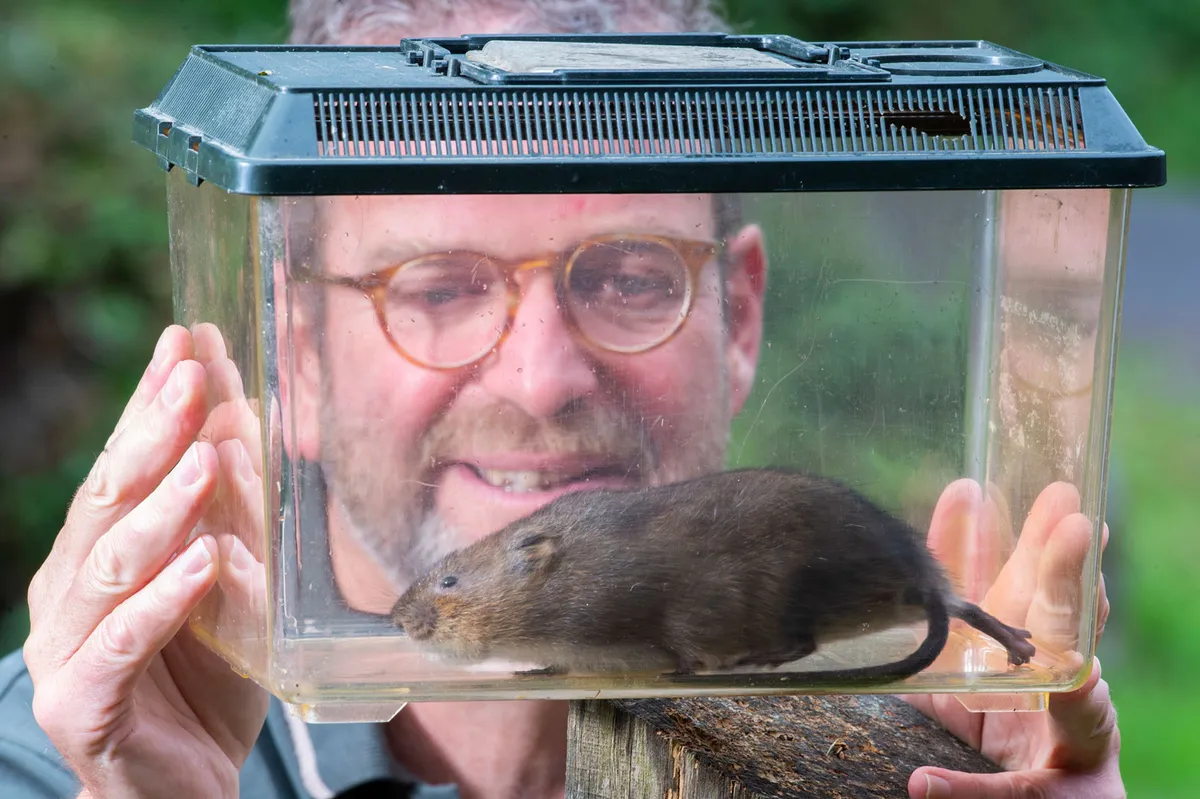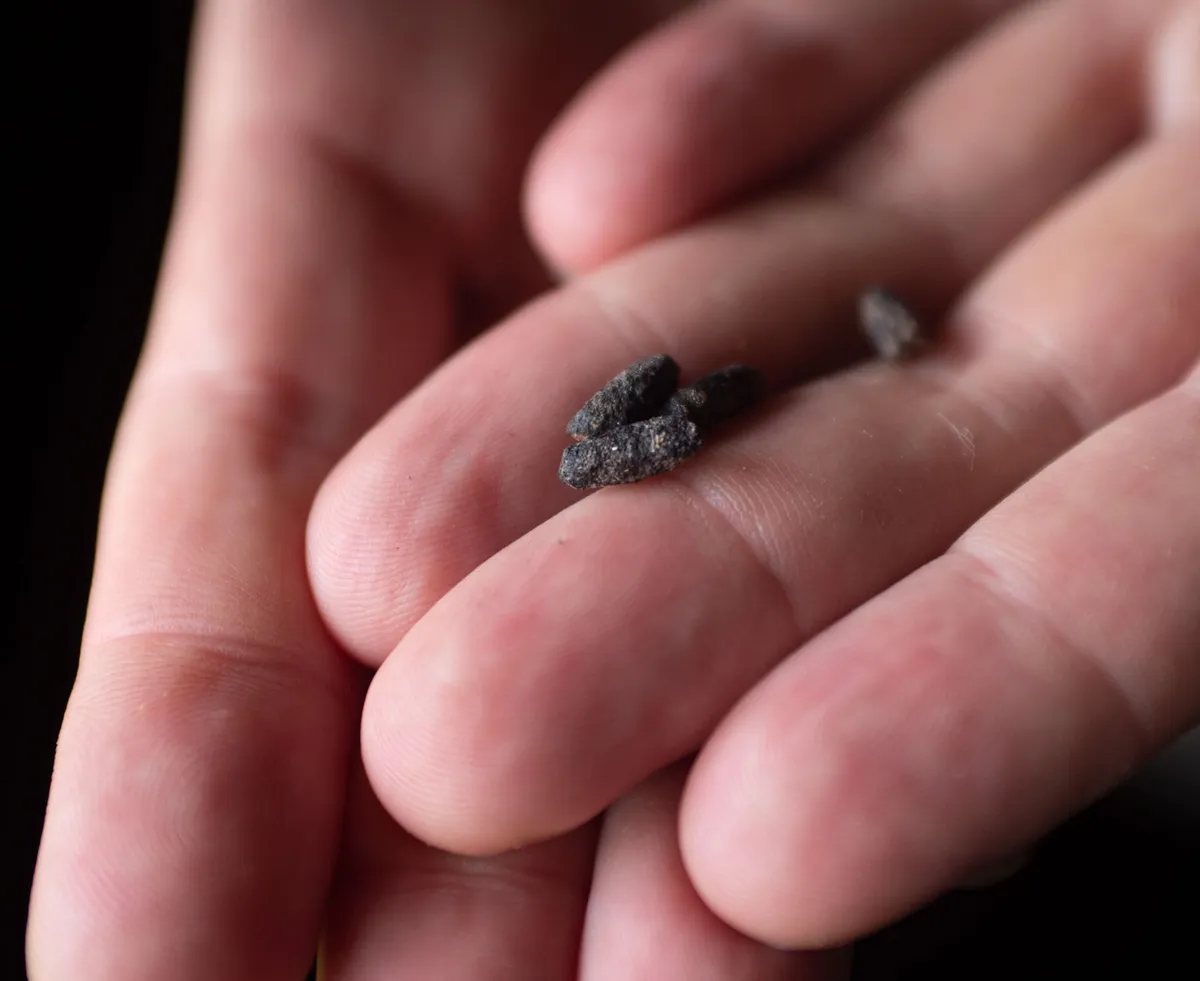As part of the National Trust’s latest river and waterways restoration project, 150 water voles will be released at six locations along a stretch of river in the charity’s Holnicote Estate in Exmoor in the coming days.
Once commonly found alongside rivers, streams and ditches, water voles are now one of Britain’s fastest declining land mammal, disappearing from 94 per cent of their former strongholds since the 1960s.
The UK's estimated water vole population declined from 875,000 in 1998 to 400,000 by 2010, with a 2013 survey by Environment Agency and Wildlife Trust suggesting a further 22 per cent decline.
Waterway pollution, industrialisation of agriculture and predation by the North American Mink have all contributed to the decline of the species.
The water voles have been specially bred from British animals by expert ecologists at Derek Gow Consultancy, and 150 will released in sibling groups and breeding pairs. A further 150 will be released in spring 2019.
The charity hopes that the reintroduction of the water voles will also enrich the wider ecosystem of the Somerset estate as they create burrow systems.

National Trust’s South West Conservation Manager, Alex Raeder, said: “This ambitious project not only brings back to its rightful home a much-loved small animal, which sadly became locally extinct due to human activity, but also adds to the whole wealth of wildlife and enjoyment of this wild and stunning estate.”
The newly released water voles will be closely monitored by rangers and volunteers. Simple field signs will be used to record their presence and behaviour, from actual sightings and ‘plopping’ sounds as they dive in, to droppings, vole runs and burrows as well as grass blades nibbled off at distinctive 45 degree angles.

The water vole reintroduction is part of the National Trust’s £10 million Riverlands project which will see the charity restore and revive five rivers across England and Wales to meet its wider objective to restore 25,000 hectares of wildlife-rich habitats by 2025.
The first reintroduction of the water voles by the National Trust was at Malham Tarn in the Yorkshire Dales in August 2016 – the first time water voles were back in the lake for 50 years.
On the Holnicote Estate, Trust rangers and tenant farmers have been working together to improve agricultural practices for the benefit of wildlife conservation and for floodplain and river management. The aim is to help slow water run-off from the uplands of Exmoor using natural flood management methods in the Porlock Vale streams, and reconnect the rivers with their floodplains in other areas.
National Trust project manager for Porlock Vale Streams, Ben Eardley, said: “This project will create new and enhanced wetland and woodland, a greater abundance of wildlife such as the water voles, and a reduction in flood risk for the community and for visitors to Exmoor.”
